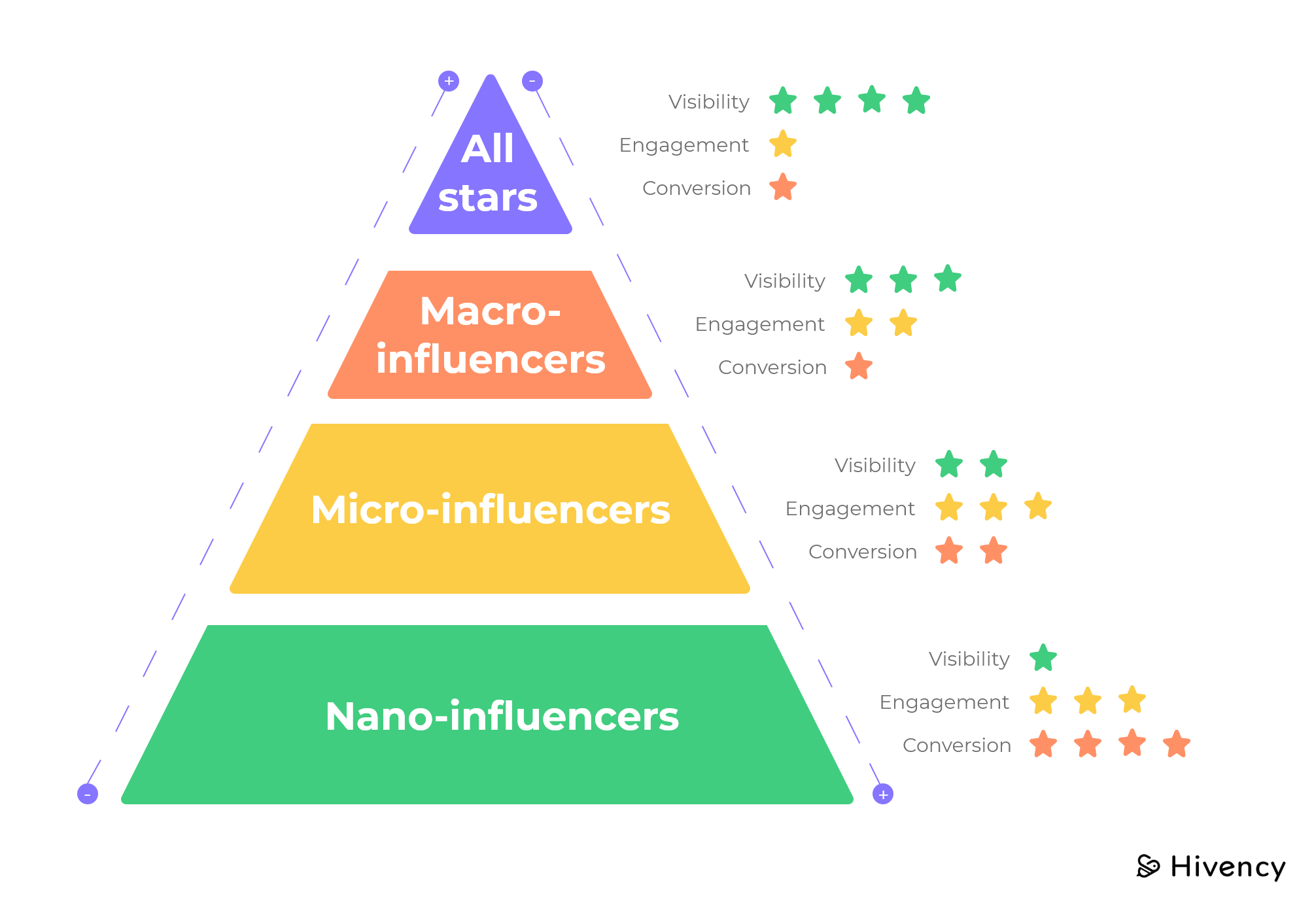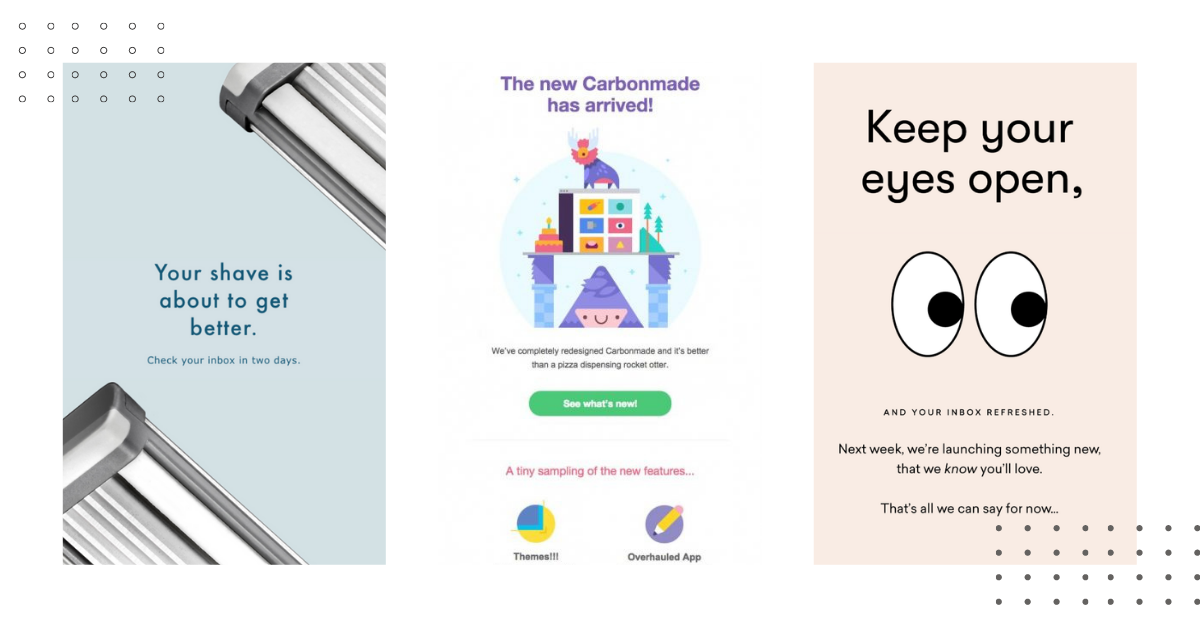
Social online communities are a hot trend. What makes them unique? This article will discuss the main types and characteristics of social online communities. It will also describe their design elements, influence factors, and ontology model. You might also find the information useful for your own business. You can read on .... to find out more. Remember to let us know if you have comments or suggestions in the section below. Thank you so much for reading!
Analyse three types of social online community
Traditionally, the term social network refers to communities that are made up of people. Some communities are created for discussion, while others are designed to share content. In both cases the goal is to create connections among people. Social networks often consist of many groups and can be divided into three basic categories. These include community-based networks and review boards networks. Discussion-oriented communities are also available. Many large platforms have distinct communities that share similar content and topics. Researchers have documented overlaps in both topics and users among different types of online communities. Members of these communities are likely to engage in conversations with different groups of people, sometimes concurrently.
Bulletin board communities have many unique features, while synchronous communities focus on individual relationships and freely chosen interests. You can have conversations for weeks, months or indefinitely. This allows potential members to get a feel for the community before you join. Bulletin board communities are able to host larger numbers of people than synchronous communities. Chat rooms can, however, only allow a small number of users.

Influence factors
Online communities enable people to meet, exchange information, find common interests, and form connections. Personal interactions are also important in many of these communities, as user-generated content often arises as a result of such interactions. This article examines three factors that affect behavior in social online community. We examine both psychological and social aspects as well user-generated content. Below are the results from our three-part study.
The first influence factor is an individual's involvement with traditional activities. These activities can lead to positive peer feedback and a higher level of success. Additionally, these activities foster healthy growth within the online network. The second influence factor, belief, relates to the individual's acceptance of a moral element that exerts indirect control over behavior. Although both of these factors are important in understanding behavior within social online communities, there is no universal, single influence factor that can be attributed to them.
Design elements
Social online communities are popular and useful tools for creating community-based activities. The design elements of social online communities are primarily determined by the social structure of the community and its users. One digital platform may be able to support many social structures at once, but it is not necessary that all of them are implemented simultaneously. We will be examining five key design elements for social online communities. Here, we also discuss the impact of the design elements on community participation.
A design rule should be used to keep a community on track. These heuristics have been based on research into various aspects of online communities. They include interactive creativity, selection hierarchy and rewards and costs as well user feedback. The research results show that social technologies are a flexible form of expression. Therefore, a well-designed social network will be more engaging and attractive than one lacking these design elements.

Models of Ontology
Computational ontologies are an important component of the Internet's data-sharing and data-labelling systems. These systems enable the integration of disparate data and construct meaningful, consistent representations. The development of ontologies has been a result of research in artificial intelligence, knowledge representation, and early knowledge. Ontologies have been used to develop a range of data driven media technologies.
Ontokiwi on the other hand supports the creation of nonontological annotations of OAE terms. An example of this is OAE's "causal adverse effect". This annotation may include information that isn't included in the ontology. Annotations, similar to Wikipedia's, let users freely express their opinions on an ontology. These annotations can be found online and searchable.
FAQ
What are the benefits of content marketing?
High-quality content is key to content marketing, which helps you drive sales and leads. Content marketing also provides a steady stream of fresh, original content that can be used to promote products and services. Content marketing is a great way to increase brand awareness and trust among potential customers. Additionally, content marketing helps to project a positive image about your company.
Which Content Marketing Platform is Best?
There are lots of different platforms available today. Each one has its advantages and disadvantages. Here are some top choices:
-
WordPress is easy to set up, manage and maintain. An amazing community of users.
-
Wix is easier than WordPress to set-up and maintain. You don't need any technical knowledge.
-
Squarespace - Best option for those who already have a website.
-
Blogger - Free blogging service
-
Medium - A place for writers to share their work.
-
Instagram - An image-based social media platform.
-
LinkedIn - An online networking tool.
-
Facebook - The social network.
-
YouTube - Video sharing platform.
-
Pinterest - Image-based platform.
-
Google Analytics – Track visitor behaviors.
-
Hubspot - Email marketing software.
-
MailChimp - Email marketing software.
What is the role of a content strategist?
Content strategists can help you understand what people search for on the internet. They help your site rank high in search engines by optimizing it for search engines. They also create content for social media sites, like Facebook and Twitter. They also create copy for blogs, advertisements, and websites.
A content strategist is a member of a marketing team that helps organize an online strategy for a company. While content strategists can work alone, they will often collaborate with other members of the team to ensure each piece of content is useful.
How is content marketing different from traditional advertising?
Content marketing is different. Traditional advertising focuses only on getting attention. Traditional advertising is often a waste, as most people overlook it. However, content marketing can lead to much higher engagement rates.
Where should I start with Content Marketing?
Start by identifying who your audience is. Who are they? What are their needs? How can you help them? Once you know who you're writing for, you can determine where to focus your efforts.
What are the different content strategies?
Content strategy is an umbrella term used to describe all aspects of how you create, manage, distribute, measure, and optimize content for digital channels. Content strategy is not just about what you post to social media sites, such as Facebook or Twitter, but also the content you choose for your website, blog, or other online properties.
Content strategy is vital because it determines how you will focus your time and effort, the content types you should use, as well as what message you send to your target audiences.
It's all about understanding how content fits into your overall business goals and objectives in order to help achieve them.
Statistics
- According to the Content Marketing Institute, 70% of B2B marketers and 86% of B2C marketers surveyed use content marketing in some form or other. (criteo.com)
- Out of the 1,500 marketers we surveyed for our State of Content Marketing report, 78% who felt their content marketing strategy was exceptionally effective in 2021 had documented their strategy. (semrush.com)
- In fact, would pay more for a better customer experience, and 86% of B2B buyers would pay more. (neilpatel.com)
- According to our research, 65% of companies with very successful content marketing in 2021 ran content audits at least twice a year. (semrush.com)
- According to our research, brand awareness, attracting traffic, and generating leads remain the key content marketing goals in 2022. (semrush.com)
- To further show the importance of this, 89% of people have stopped doing business with a company because of a poor experience. (neilpatel.com)
- Progress indicators (0–100%) allow each team member to see how attainable each goal is and understand what remains to be accomplished. (semrush.com)
- An example of an overarching goal could be: "In 2022, we want to achieve a 20% increase in revenue created by organic content and generate 15,000 MQLs with a budget of $30,000." (semrush.com)
External Links
How To
What Is A Content Marketing Plan?
A content marketing program (CMP), or content marketing plan, is a strategic document that helps to establish your goals, objectives, as well as strategies for developing and executing a website. It's a blueprint for reaching your goals through content distribution and creation.
The CMP is typically broken down into 3 main areas.
-
Your overall strategy. How do you plan to achieve your goals?
-
Your content strategy. How will you find the right people for writing, curating, and distributing your content.
-
Your strategy's execution tactics - What channels will you use for sharing your content? What content types will you create?
An effective CMP includes these four components:
-
Goal Setting - Define your target audience and set measurable KPIs for measuring success.
-
Audience Research – Understand your ideal customer so that you can find them exactly where they are.
-
Strategy - Have a clear vision about where you want to go. Break it down into smaller pieces.
-
Execution – Set realistic expectations about when you can expect to see results.